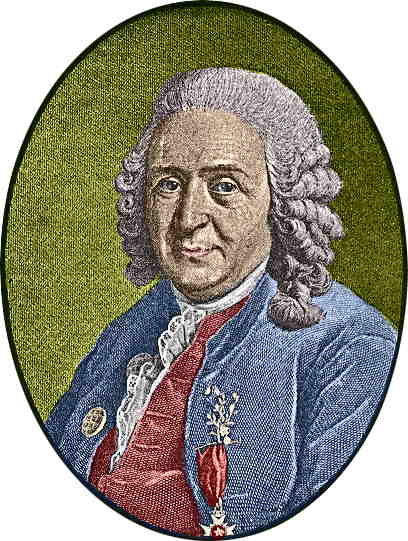A Rift Over Carl Linnaeus Shows We Shouldn’t Idolize Scientists
By Brian Lovett,
Undark
| 08. 06. 2020
The traditions we carry into the future, including who we choose to honor, should be able to withstand modern scrutiny.
WE ARE LIVING through a period of cultural upheaval. Around the world, statues of iconic men who held racist beliefs and committed racial injustices are being ripped from their pedestals. The dull thud of metal bodies hitting concrete rings fresh in our ears, and many of us are still grappling with what these reverberations mean.
Statues of racists are monuments to the dregs of our society. Yet over time, their pedestals have crept so high that, for some people, it has become unthinkable that any scandal could justify their removal. Today, these memorialized men look down on us from high places that they do not deserve; the scandal is that society has for so long respected the inertia of their corrupting influence.
One such figure is the 18th century Swedish botanist Carl Linnaeus. He devised binomial nomenclature, the ubiquitous system now used to scientifically classify organisms by genus and species. He then used his nomenclature to classify humans by “variety,” ascribing inherently positive traits to lighter-skinned Europeans and negative traits to darker-skinned Africans and Asians, thereby laying a pseudoscientific foundation for...
Related Articles
By Katherine Long, Ben Foldy, and Lingling Wei, The Wall Street Journal | 12.13.2025
Inside a closed Los Angeles courtroom, something wasn’t right.
Clerks working for family court Judge Amy Pellman were reviewing routine surrogacy petitions when they spotted an unusual pattern: the same name, again and again.
A Chinese billionaire was seeking parental...
By Lars Cornelissen, The Conversation | 11.28.2025
Prime Minister Keir Starmer thinks that racism is returning to British society. He has accused Nigel Farage’s Reform UK of sowing “toxic division” with its “racist rhetoric”.
Starmer’s comments follow a trend that has seen senior Labour party officials portray...
By Grace Won, KQED [with CGS' Katie Hasson] | 12.02.2025
In the U.S., it’s illegal to edit genes in human embryos with the intention of creating a genetically engineered baby. But according to the Wall Street Journal, Bay Area startups are focused on just that. It wouldn’t be the first...
Several recent Biopolitical Times posts (1, 2, 3, 4) have called attention to the alarmingly rapid commercialization of “designer baby” technologies: polygenic embryo screening (especially its use to purportedly screen for traits like intelligence), in vitro gametogenesis (lab-made eggs and sperm), and heritable genome editing (also termed embryo editing or reproductive gene editing). Those three, together with artificial wombs, have been dubbed the “Gattaca stack” by Brian Armstrong, CEO of the cryptocurrency company...




